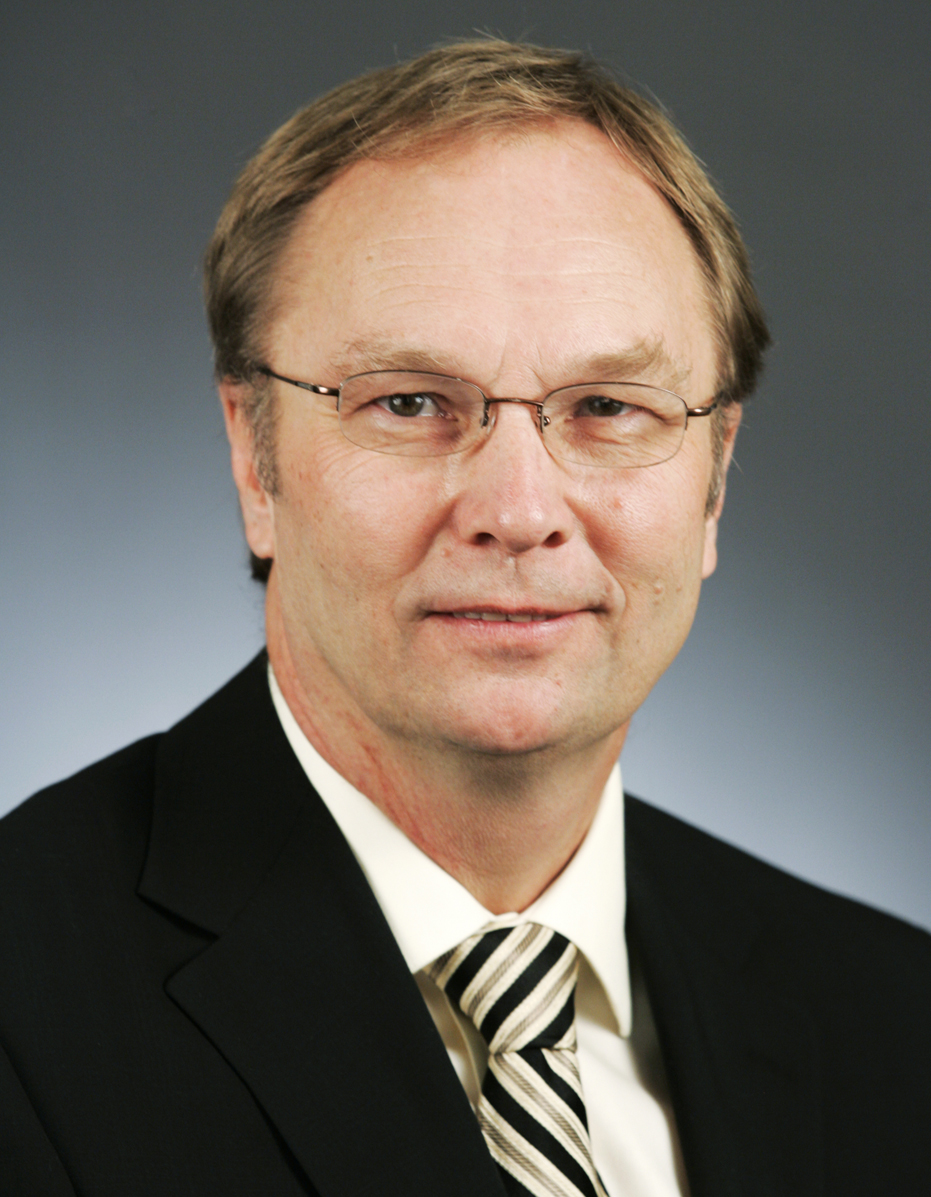Hundreds of millions more sought for clean water efforts
When the sink is overflowing, what do you do first: grab a mop or turn off the water?
That analogy and the approach to problem-solving that question raises were referred to several times Wednesday as the House Environment and Natural Resources Policy and Finance Committee discussed HF1781, a bill that would appropriate more than $200 million during the upcoming biennium to try and improve Minnesota’s water quality.
Sponsored by Rep. Paul Torkelson (R-Hanska), HF1781 seeks $110 million in Fiscal Year 2016 and $109.9 million in Fiscal Year 2017 from the Clean Water Fund. This money would be used for monitoring and assessment activities, restoration and protection strategies, and other water-quality programs around the state.
Many of those projects came to the bill as recommendations made by the Clean Water Council, a 28-member board created to advise the Legislature as it appropriates CWF money. Torkelson said HF1781 – which was approved and now moves House Legacy Funding Finance Committee – mostly follows those recommendations.
Pat Flowers, CWC chair, said the council’s funding proposals were developed over a two-year period after working with state agencies and other interests to identify and fund programs that will have the greatest impact on water quality.
However, Rep. Alice Hausman (DFL-St. Paul), while not questioning specific provisions of the bill, did question the overall approach to improved water quality the state has been following. She used the sink analogy to illustrate some of her concerns.
“If all we do is try to clean up what keeps spilling over the edge, we’ll just never have an impact,” Hausman said. “Sometimes I worry when I read what’s happening to the water in Minnesota that we’re doing the mopping up frantically. But until we turn the tap off, what’s going into the water, we don’t ever have an impact.”
Flowers said the analogy was somewhat flawed because “we don’t always know where the faucet is.” It is often easier to identify the results than the causes, but many of the monitoring activities and other programs supported by the CWC are “giving us a better feel” for where those faucets are located, he said.
Money is not enough
Rebecca Flood, Pollution Control Agency assistant commissioner, said the budget request made by Gov. Mark Dayton – $221.7 million for the 2016-17 biennium – was very close to the request made in HF1781 in terms of money, but was also significantly different in certain areas.
Those differences include fewer dollars for the Minnesota Agricultural Water Quality Certification Program and less funding for the Watershed Restoration and Protection Strategy process.
Flood, who is also chair of a group representing the seven state agencies that receive CWF appropriations, said the main difference between the governor’s recommendations and those made by the CWC is the need for balance between information and monitoring so that implementation practices can be properly targeted.
“We’re all concerned about spending a lot of time mopping,” Flood said. “But we need this information to figure out where the faucet is and also what’s the best way to turn it off?”
Rep. Rick Hansen (DFL-South St. Paul) asked Flood what impact Minnesotans could expect after having spent hundreds of millions of dollars to improve water quality. She said there would be improvements in water bodies across the state, some very significant, but all of the state’s waters would not be completely clean.
Hansen said policy changes were needed to make a real impact and that money would not buy a solution to the problem. Flood agreed.
“I think you’re absolutely right,” she said. “If we keep doing the same thing we have always done we won’t see improvements. … If there’s going to be a larger scale change, it needs to be in the area of policy.”
The companion, SF1754, is sponsored by Sen. Bev Scalze (DFL-Little Canada) and awaits action by the Senate Finance Committee.
Background
The Clean Water Fund is one of four revenue streams created after Minnesota voters approved the Clean Water, Land and Legacy Amendment in 2008, which increased the state sales tax by three-eighths of 1 percent until 2034.
The money generated is meant to protect and enhance the state’s natural and cultural resources. It is allocated to four funds used to manage and distribute the money – the Clean Water Fund; the Outdoor Heritage Fund; the Arts and Cultural Heritage Fund; and the Parks and Trails Fund. By law, each fund receives a percentage of the revenue raised: Clean Water Fund – 33 percent; Outdoor Heritage Fund – 33 percent; Arts and Cultural Heritage Fund – 19.75 percent; Parks and Trails Fund – 14.25 percent.
Related Articles
Search Session Daily
Advanced Search OptionsPriority Dailies
Ways and Means Committee OKs proposed $512 million supplemental budget on party-line vote
By Mike Cook Meeting more needs or fiscal irresponsibility is one way to sum up the differences among the two parties on a supplemental spending package a year after a $72 billion state budg...
Meeting more needs or fiscal irresponsibility is one way to sum up the differences among the two parties on a supplemental spending package a year after a $72 billion state budg...
Minnesota’s projected budget surplus balloons to $3.7 billion, but fiscal pressure still looms
By Rob Hubbard Just as Minnesota has experienced a warmer winter than usual, so has the state’s budget outlook warmed over the past few months.
On Thursday, Minnesota Management and Budget...
Just as Minnesota has experienced a warmer winter than usual, so has the state’s budget outlook warmed over the past few months.
On Thursday, Minnesota Management and Budget...
